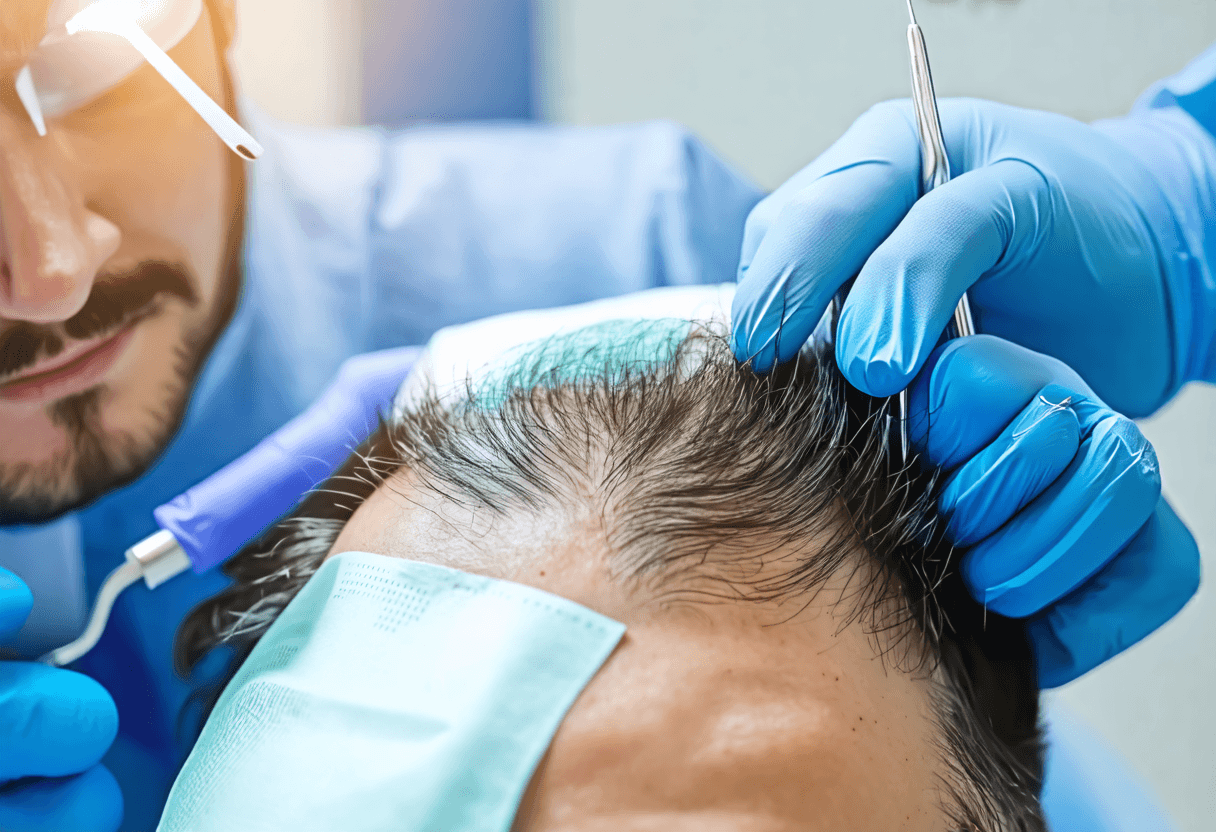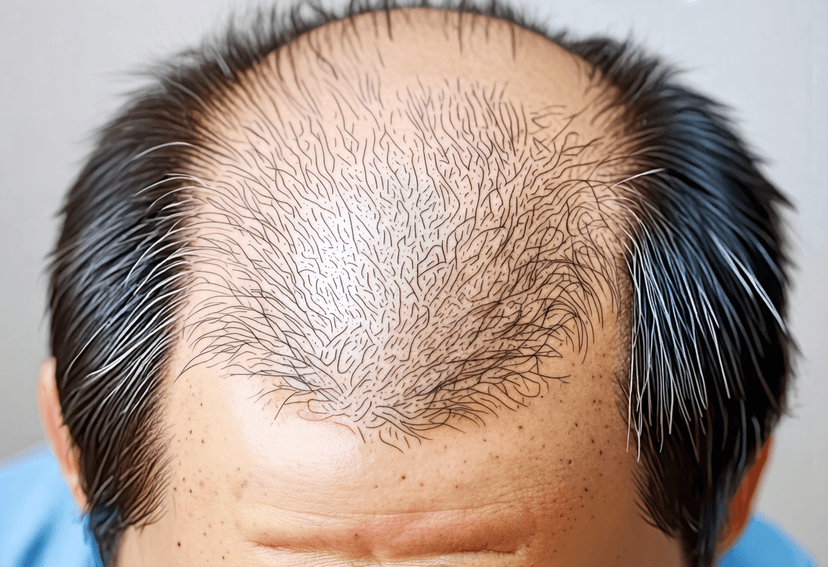
The Ultimate Guide to Hair Transplant in 2023
01 Nov, 2024
 Healthtrip
HealthtripAre you tired of living with hair loss, feeling self-conscious about your thinning locks, or struggling to find a hairstyle that hides your balding spots? You're not alone. Hair loss affects millions of people worldwide, and it's not just a cosmetic issue – it can also affect your confidence and overall well-being. The good news is that there's a solution: hair transplant surgery. In this comprehensive guide, we'll take you through everything you need to know about hair transplant in 2023, from the basics to the benefits, risks, and what to expect during the procedure.
What is Hair Transplant Surgery?
Hair transplant surgery, also known as hair restoration surgery, is a minimally invasive procedure that involves moving hair follicles from the back and sides of your head to the balding areas. The goal is to restore a natural-looking hair growth pattern, using your own hair to create a fuller, thicker head of hair. There are two main types of hair transplant procedures: Follicular Unit Transplantation (FUT) and Follicular Unit Extraction (FUE). We'll dive deeper into these methods later.
Most popular procedures in India
Why Choose Hair Transplant Surgery?
So, why do people opt for hair transplant surgery? For many, it's about regaining confidence and feeling more attractive. Hair loss can be emotionally distressing, affecting self-esteem and overall quality of life. Hair transplant surgery offers a permanent solution, providing natural-looking results that can last a lifetime. Additionally, hair transplant surgery can:
Wellness Treatments
Give yourself the time to relax
Lowest Prices Guaranteed!

Lowest Prices Guaranteed!
- Improve the overall appearance of your hair
- Enhance your facial features
- Boost your self-confidence
- Provide a sense of rejuvenation and renewal
How Does Hair Transplant Surgery Work?
The hair transplant process typically involves several steps:
Step 1: Consultation
The first step is to schedule a consultation with a qualified hair transplant surgeon. During this meeting, your surgeon will assess your hair loss, discuss your goals and expectations, and determine the best course of treatment. This is also an opportunity to ask questions and address any concerns you may have.
Step 2: Harvesting
On the day of the procedure, your surgeon will harvest hair follicles from the back and sides of your head. This is usually done using local anesthesia to minimize discomfort. The harvesting process can take several hours, depending on the number of grafts needed.
Step 3: Dissection
Once the hair follicles are harvested, they're dissected into individual grafts, each containing 1-4 hairs. The grafts are then prepared for transplantation.
Step 4: Transplantation
The grafts are then transplanted into the balding areas, using a specialized tool to create tiny incisions in the scalp. The transplanted hair will grow naturally, and you'll start to see results within a few months.
What Are the Different Types of Hair Transplant Procedures?
As mentioned earlier, there are two main types of hair transplant procedures: FUT and FUE.
Follicular Unit Transplantation (FUT)
FUT, also known as the strip method, involves removing a strip of hair-bearing skin from the back and sides of your head. The strip is then dissected into individual grafts, which are transplanted into the balding areas. FUT is a more invasive procedure, but it allows for a larger number of grafts to be transplanted in a single session.
Follicular Unit Extraction (FUE)
FUE, also known as the follicular unit extraction method, involves extracting individual hair follicles directly from the scalp, without removing a strip of skin. This method is less invasive and results in less scarring, but it can be more time-consuming and may require multiple sessions.
What Are the Benefits of Hair Transplant Surgery?
Hair transplant surgery offers numerous benefits, including:
- Natural-looking results
- Permanent solution
- Improved self-confidence
- Enhanced appearance
- Minimally invasive procedure
What Are the Risks and Side Effects of Hair Transplant Surgery?
Like any surgical procedure, hair transplant surgery carries some risks and side effects, including:
- Bleeding
- Infection
- Scarring
- Temporary discomfort
- Unnatural-looking results
How Long Does Hair Transplant Surgery Take?
The length of the procedure varies depending on the number of grafts needed, but on average, it can take anywhere from 4-8 hours.
How Much Does Hair Transplant Surgery Cost?
The cost of hair transplant surgery varies depending on factors such as location, surgeon's fees, and the number of grafts needed. On average, the cost can range from $3,000 to $15,000.
What's the Recovery Process Like?
After the procedure, you'll need to rest and avoid strenuous activities for a few days. Your surgeon will provide post-operative instructions to ensure a smooth recovery. Most people can return to their normal activities within 7-10 days.
Conclusion
Hair transplant surgery is a life-changing procedure that can restore your natural hair growth, boost your confidence, and enhance your overall quality of life. By understanding the process, benefits, and risks, you can make an informed decision about whether hair transplant surgery is right for you. If you're considering hair transplant surgery, consult with a qualified surgeon at Healthtrip to discuss your options and take the first step towards a fuller, thicker head of hair.
Related Blogs

Best Hospitals in India for Hair Transplant
Get the best hair transplant in India from top hospitals

The Psychology of Hair Transplant: Boosting Confidence
Unlock the emotional benefits of hair transplant and transform your

Hair Transplant Recovery: What to Expect
Plan for a smooth recovery with our expert guidance

Hair Transplant for Alopecia: Hope for the Hairless
Find hope and solutions for hair loss due to alopecia

The Future of Hair Transplant: Emerging Trends
Stay ahead of the curve with the latest advancements in

Hair Transplant Scars: What You Need to Know
Understand the facts about hair transplant scars and how to










